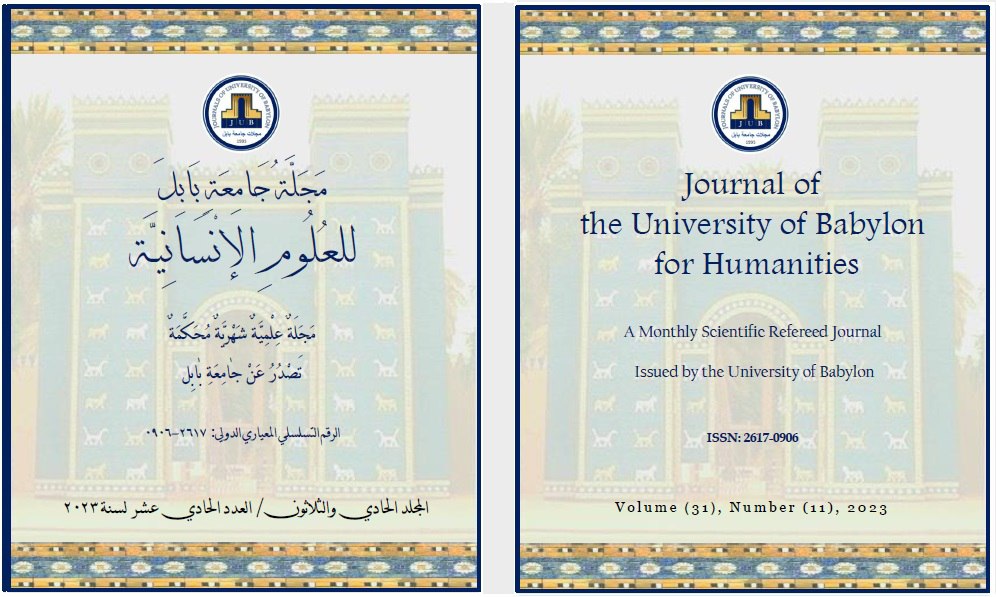The Symbolic Indications of Plant Figures in the Ancient Iraqi Murals
Main Article Content
Abstract
The current research dealt with (The symbolic indications of plant shapes in the ancient Iraqi murals) by studying the symbolic semantics of the inscription of flowers in the ancient Iraqi murals and in the era (the modern Assyrian and Babylonian), so the researcher sought in the first chapter to clarify the research problem, its importance and the need for it, as well as the goal of the research Which is represented by the following: "You know The symbolic indications of plant shapes in the ancient Iraqi murals." Then the researcher concluded the aforementioned chapter by defining the terms that are directly related to the title and objectives of the research. As for the second chapter, it included a presentation of the theoretical framework and previous studies, and it consisted of two sections. As for the second topic, it dealt with the intellectual and religious connotations of the symbol in the ancient Iraqi civilization. The third chapter specialized in monitoring the research community and the tool that included collecting information, so samples were adopted from it in an intentional way, and it amounted to (3) sculptural works that covered the limits of the research by adopting the descriptive analytical approach for the purpose of analyzing it according to the axes of the analysis tool adopted by the researcher. As for the fourth chapter, it included the results of the research, which included, the floral inscriptions in the Assyrian and Babylonian murals expressed the formal contents of the gods, which carry religious and political dimensions that represent the social structure of the ancient Iraqis. The Iraqi sculptor was able to achieve a beautiful match between the form and content of the image of the gods in the state of expression About love, purity, and sometimes healing. The ancient Iraqi sculptor was able to embody the power of the guardian deities in human form or heavenly cosmic symbols inspired by the elements of the environment. This indicates the sculptor's ingenuity in borrowing images of reality and embodying them in his works. And then the conclusions that emerged through the possibility of achieving the objectives of the research through the tool designed by the researcher, and among them, the floral inscriptions in the Assyrian and Babylonian murals embodied religious thought, by referring them to pictorial systems full of coding directed towards the absolute and invisible powers. The deities were of great importance and influential in the structure of the ancient Iraqi society, so they appeared in the form of floral inscriptions representing purity and serenity in their bright white color, which indicates the depth of the psychological impact on the recipient. The ancient Iraqi sculptor chose his symbols that express the deities from the elements of his environment to give them characteristics related to the environment, agriculture, fertility and reproduction.

